 Courtesy of WOWSA, Huntington Beach, California.
Courtesy of WOWSA, Huntington Beach, California. We previously wrote about geese flying in formation, one example in nature of biomimicry. But, it is always good to review useful principles when discussing drafting in open water swimming.
When geese migrate, they fly in a V formation...for various reasons:
By flying in a V formation, the entire flock increases flight efficiency by 71% vs. a solo bird flying alone. Obviously, geese and professional marathon swimmers who tend to swim in tight packs have something in common in their mutual need to get to their destination quicker and easier.
 When a goose temporarily drops from the V formation, the bird feels a greater air resistance and quickly comes back to the formation. An important hint to swimmers who may fall off the back of a pack - and should swim as fast as they can to hang onto the end of the pack.
When a goose temporarily drops from the V formation, the bird feels a greater air resistance and quickly comes back to the formation. An important hint to swimmers who may fall off the back of a pack - and should swim as fast as they can to hang onto the end of the pack.When the lead goose gets tired of leading the formation, the bird goes to the end of the V formation and another goes takes the lead. When the geese fly in a V formation, they quack in order to encourage the lead bird, enabling the entire flock to continue flying at the same speed.
When a goose gets tired, injured or sick and the bird leaves the V formation, other birds also leave the formation and fly with the slower bird to help and protect until the slower bird recovers or dies.
Underwater photo of open water swimmers courtesy of Deep Blue Media.
Copyright © 2009 by World Open Water Swimming Association



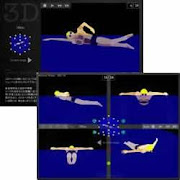




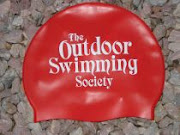

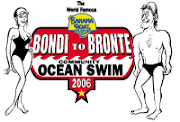


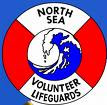
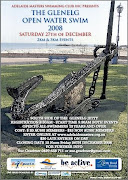





5 comments:
Just a small comment about that comparison. I'm an amateur open water swimmer and a professional Aeronautical Engineer. There is a kind of drag effect that happens both in aircraft and bird wings which is called lift-induced drag caused by the wing-tip. So, in order to get the best use of this drag, the bird should be exactly behind the wing-tip of the other bird, consequently forming a "V" pack. In the open water swimming, there is no such region in the extremity which could justify the V-formation. I'm not sure which is the best drift, if the one from the kicking or from the stroke. If the stroke drag is higher, then I would agree that a V-formation, just a half-body off-center is the best approach. Otherwise, the in line formation is the best (based on my open water experience, this is really the best drift). But this is far from the comparison with a V-formation in a bird pack.
We have done extensive testing of swimmers in the water measuring the velocity, drag forces and acceleration of different drafting positions using SwiMetrics (www.swimetrics.com). While the drafting benefit is not 71% like in geese, we will soon announce the scientific evidence and our findings as to the best drafting position for open water swimmers.
Hi Steven!
I will be glad to read the results of such scientific analysis. I'm following your blog from now on!
Ricardo,
Can you email us off-line at headcoach@10Kswim.com? We would like to ask you a few specific questions. Thank you very much.
Post a Comment